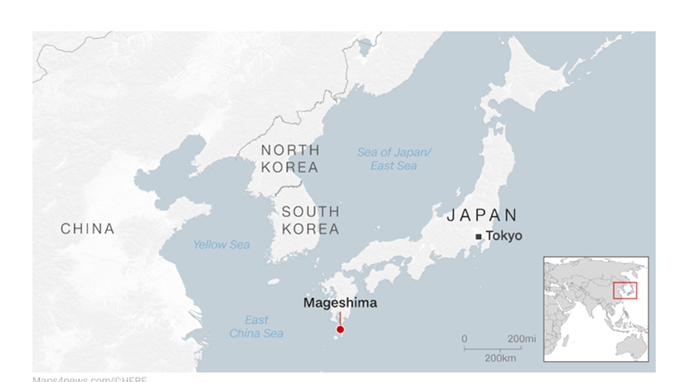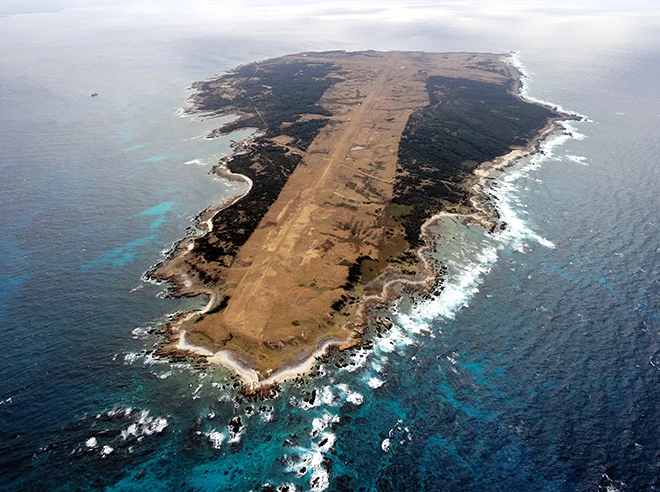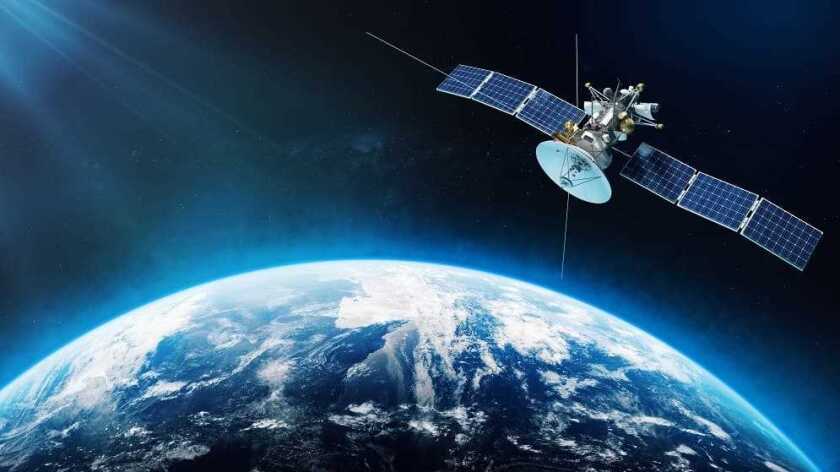Japan, lying in the Pacific, is closely eyeing Chinese military development and its presence in the region. It views Chinese dominance as a ‘matter of concern.’ The Japanese National Defense Strategy 2023 states, “China’s current external stance, military activities, and other activities have become a matter of serious concern for Japan and the international community and present an unprecedented and the greatest strategic challenge.” Since 2016, China has flown military aircraft over the Sea of Japan. These include Y-8 early warning aircraft, Y-9 intelligence-gathering aircraft, bombers, and unarmed aerial vehicles. For the first time, Japan has declared China as an adversary (Tiwari, 2024).
At the 2023 United States-Japan summit, the US emphasized its Integrated Deterrence strategy. This strategy aims to integrate US military forces with the Japanese Self-Defense Forces. A joint statement from both presidents cited the need for “collective force posture and deterrence capabilities to meet new and emerging threats…” The document from the summit expresses the desire to cooperate with Japan on its counter-strike capability. Both states have shown a commitment to defend the Nansei Islands.
The US’s strategy is directed towards an increased military presence in the region, prioritising the strategic location of Mageshima Island. American planes and fighter jets initially had their drills and practices in Iwo Jima Island in the Pacific, which is at a distance of 3,741 km from mainland China. For 20 years, the US has used this military base in the Pacific (Ryall, 2019). But in 2023, after a deal between the US and Japan, this base is now going to be moved from Iwo Jima to Mageshima. It brings the Navy’s Carrier Air Wing 5 nearer to its home, Marine Corps Air Station Iwakuni, placing US forces nearly only 2500 km from the Chinese mainland (Venckunas, 2023). Construction on the island began in 2023 to relocate the US military drill procedures. The air base will be used by US Navy and Marine Corps aircraft to be able to conduct field carrier landing practices and vertical landing practices on the base (Mahadzir 2025).
Mageshima has a flat terrain that allows the creation of airfields much easier hence serving as an ideal base providing a geostrategic placement and military strength to the US corps in the South China Sea (SCS), proclaimed to become the US’ unsinkable aircraft carrier. Compared to an aircraft carrier, which can be destroyed by a single missile, a permanent land base can bear more munitions and can be repaired quickly (Lendon & Lim, 2019). The Japanese Defense Ministry is planning the installation of two runways on the island, an 8000 ft main runway alongside a 6000ft cross runway, for the landing and takeoff exercises of the US F-35B and carrier-based aircraft. Other facilities, such as an ammunition depot, a port, and fuel storage facilities, will also be constructed (Jiji 2025).
The US has also recognized the reorganization of the 12th Marine Regiment into the 12th Marine Littoral Regiment by 2025. This new regiment will be based on a remote island of Japan. It will have a missile team capable of shooting long-range anti-ship missiles, Naval Strike Missiles, and Tomahawk cruise missiles. The regiment will also have maneuver capabilities such as the Landing Ship Medium (United States Marine Corps, 2023).

Mageshima provides a geostrategic advantage, being placed at the northeast of the Ryukyu Islands. It acts as a gateway for Chinese naval vessels to pass in order to be able to reach the larger Pacific Ocean. Military presence at Mageshima can hold command of the Chinese movement and deny any movement of forces of aid from the Pacific to the SCS. Japanese self-defense forces also denote limitation bases in the Nansei Islands, and once completed, the island will provide an in depth defense against China. The new base will also be reinforcing Japanese defense in Ryukyu Island in order to provide a backup air base in case Okinawa is attacked. Similarly, the presence will allow both Japan and the US to take immediate action as well as deter China from taking over the Senkaku Islands in the south (Horanda, 2023).
The chief cabinet secretary, Mr. Hirokazu Matsuno, in a conference, discussed that the envisioned drills by both states on the Mageshima Island will allow the US aircraft carriers to carry out their permanent activities in the region (Kagoshima governor oks SDF plan, 2022). The Japanese self-defense forces could also be permanently stationed to strengthen their position in the East China Sea and vitally to keep a close check on the activity in the South China Sea and Taiwan.
As per the initial calculations, the base would have been completed by 2027; however, several factors, such as labour shortages and bad weather, have delayed the completion by an additional 3 years. The base is now estimated to be completed by 2030. Chronic weather conditions are also a considerable factor in delaying the developments since the 6000 workers and their equipment have to arrive by boat from Tanegashima Island (Rogers 2025). Japan’s Ministry of Defense also cited that buried debris and underground impediments are causing delays for the construction. As a result, the landing drills for the US F-35Bs had to be shifted from Mageshima to Nyutabaru (Kyodo News, 2025).
Irrespective of the delays and challenges in the construction of the air base at Mageshima, the island serves as the face of the US-Japanese rapid integration of military capabilities and strengths. Aimed for permanent forward presence in the region, Mageshima’s development will pose a serious challenge to Chinese military dominance. While a noteworthy development, the US needs to recalibrate its military developments, not to strain possible opportunities of engagement with China.

Table of Contents
ToggleBarraq Sohail
Barraq Sohail is an independent researcher. Graduated with a BS in International Relations from Kinnaird College, she interned at CSSPR and ISPR; currently serving as the Communications Manager in Global Defense Insight.













